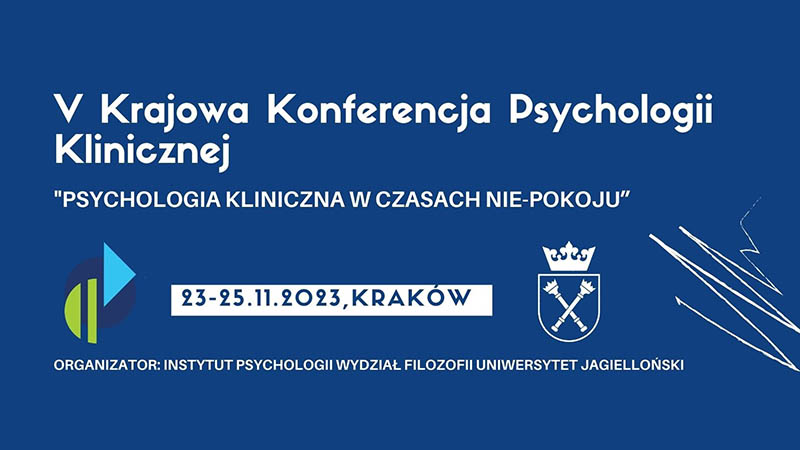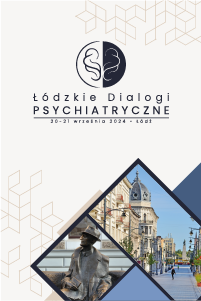The use of simple percussion instruments for stimulating the development of a child with disability and for support of their nearest family
Paweł Cylulko
 Affiliacja i adres do korespondencji
Affiliacja i adres do korespondencjiYoung children may express themselves vocally, with gestures, movements or by using toys and other everyday objects. This can also be done with simple musical instruments, particularly percussion instruments, such as rattles, drums, clappers, claves, bells, tambourines or sleigh bells. Owing to their sound, vibration, shape, construction, size, colour, texture, weight and temperature, these instruments highly engage children and prompt them to effective performance, thereby stimulating cognitive, psychomotor, emotional and social development. By playing, children with disability make percussion instruments vibrate and sound, which renders them child-specific non-verbal means of musical expression. The vibration–sound utterances of children may be recognised, read and interpreted by parents, carers and specialists (educators, therapists, doctors, psychologists), thereby contributing to the development of proper relationships and communication patterns in the family. This can take place as early as in the second half of life, but the intensity of expression is preconditioned by the child’s skills (psychomotor and intellectual ability), their expectations as well as emotional and aesthetic sensitivity to sounds and music. This work is an attempt of a synthetic look on spontaneous (perceptive, creative and reconstructive) activity of infants and young children as well as their closest family members who use simple percussion instruments. It also provides practical tips as to how to use such means of therapeutic interaction. The discussed activity may be viewed both as a complex process and as a simple sound–musical creation that is often accompanied by verbal, vocal and motor behaviours. What is significant is the fact that percussion instruments of specified and unspecified sound pitch may become an effective means of non-verbal interaction used in early intervention, while simple music performance may serve as a stimulant of individual development of a young child with disability and support the functioning of his or her family.















